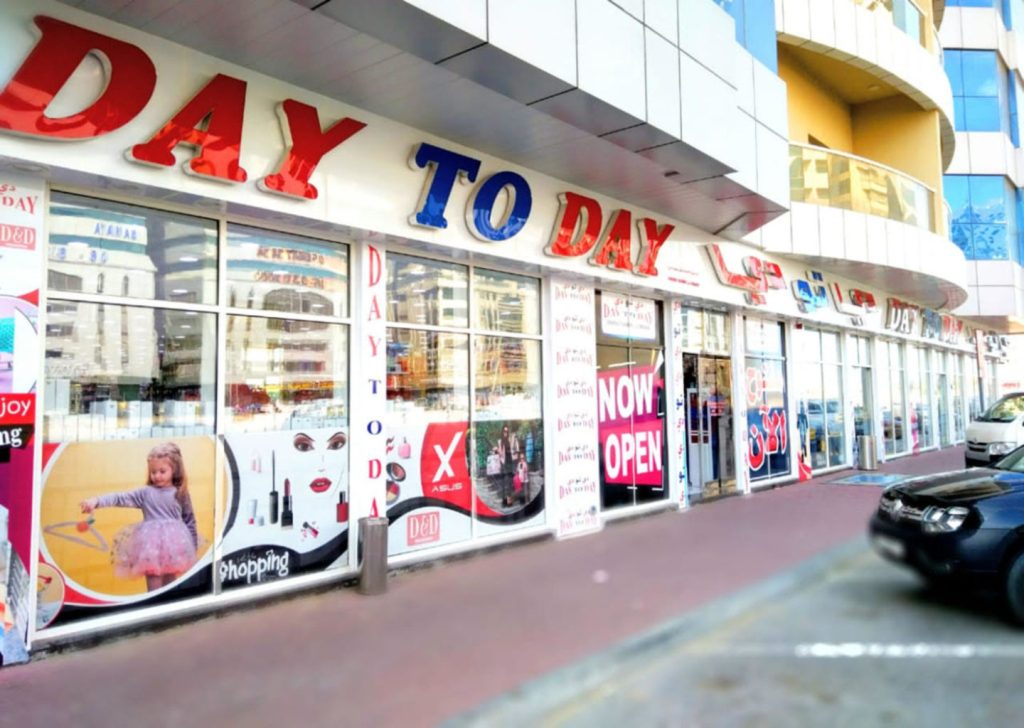In the bustling world of retail, hypermarkets stand as giants, offering an unparalleled array of products under one roof. From fresh produce to electronics, clothing to household essentials, these expansive stores aim to be the one-stop solution for every consumer need. But in an increasingly digital landscape, how do these physical behemoths ensure they’re not just a landmark, but a daily destination? The answer lies in mastering day-to-day hypermarket SEO, turning online visibility into consistent foot traffic and bustling sales.
The focus keyword “day-to-day hypermarket” encapsulates the essence of this challenge and opportunity. It speaks to the daily routines of shoppers, their immediate needs, and the constant search for convenience and value. For a hypermarket, optimizing for this phrase and its related long-tail keywords means becoming an indispensable part of the local community’s daily life, both online and offline.
The Foundation: Local SEO is Paramount
Unlike e-commerce pure-plays, hypermarkets thrive on local custom. Therefore, the cornerstone of any effective “day-to-day hypermarket” SEO strategy is robust local SEO. This involves:
- Google Business Profile (GBP) Optimization: This is your digital storefront. Ensure your GBP is meticulously filled out with accurate information: address, phone number, opening hours (including holiday hours), website, and high-quality photos. Encourage customer reviews and respond to them promptly, whether positive or negative. Keywords like “hypermarket near me,” “grocery store [city name],” or “best deals [hypermarket name] [area]” are directly influenced by strong GBP presence.
- Local Citations and Directories: Beyond GBP, ensure your hypermarket is listed consistently across various online directories (Yelp, Yellow Pages, local business listings, etc.). Inconsistent information can confuse search engines and customers alike.
- Location-Specific Content: Integrate local keywords naturally into your website content. This could include blog posts about “seasonal produce at [hypermarket name] in [city],” or “community events at our [area] hypermarket.”
Beyond Location: Content That Drives Daily Engagement
While location is crucial, attracting day-to-day customers requires more than just being found. It’s about providing value and relevance that encourages repeat visits.
- Daily Deals and Promotions: This is a hypermarket’s bread and butter for “day-to-day” traffic. Create dedicated landing pages for your daily, weekly, and seasonal promotions. Use clear, concise headings that include keywords like “today’s hypermarket deals,” “weekly grocery savings,” or “fresh produce offers.” Update these pages frequently to reflect current sales.
- Product-Specific SEO: Hypermarkets offer a vast inventory. While optimizing for every single product is impractical, focus on high-demand, trending, or unique product categories. If you’re known for a specific brand of organic produce, for instance, create content around “organic vegetables [hypermarket name]” or “fresh local produce deals.”
- Recipe and Meal Planning Content: Become a resource for your customers’ daily lives. Develop a blog section with recipes that feature ingredients readily available in your store. This taps into informational search queries like “easy dinner recipes,” “healthy breakfast ideas,” or “what to cook tonight.” Link these recipes directly to relevant product pages on your website.
- “How-To” Guides and Tips: Think about the common problems or questions your customers face daily. “How to choose ripe avocados,” “tips for budget-friendly grocery shopping,” or “meal prep ideas for busy families” are all opportunities to create valuable content that positions your hypermarket as a helpful partner.
Technical SEO for a Seamless “Day-to-Day” Experience
Even the most brilliant content won’t rank if your website isn’t technically sound.
- Mobile-Friendliness: A significant portion of “day-to-day” searches happen on mobile devices. Your website must be responsive and load quickly on smartphones and tablets. Google actively penalizes sites that aren’t mobile-friendly.
- Page Speed: Slow-loading pages lead to high bounce rates. Optimize images, leverage browser caching, and consider a Content Delivery Network (CDN) to ensure a speedy user experience.
- Schema Markup: Implement schema markup for products, reviews, local business information, and events. This helps search engines understand your content better and display rich snippets in search results, improving visibility and click-through rates.
- Internal Linking: Strategically link related content within your website. For example, a recipe for pasta could link to your pasta, sauce, and vegetable aisles. This improves site navigation for users and helps search engines crawl and index your content more effectively.
The Human Element: Reviews and Community Engagement
While SEO is largely technical, the “day-to-day” aspect of a hypermarket also relies on human connection.
- Encourage Reviews: Positive reviews on Google, social media, and other platforms are incredibly powerful for driving local traffic and building trust. Make it easy for customers to leave feedback.
- Social Media Presence: Engage with your local community on platforms like Facebook and Instagram. Share daily deals, behind-the-scenes glimpses, and engage in conversations. This reinforces your “day-to-day” relevance and encourages online and offline interaction.
- Listen to Feedback: Pay attention to what customers are saying online and offline. This feedback can inform your SEO strategy, highlighting new product needs or areas for improvement in your services.

